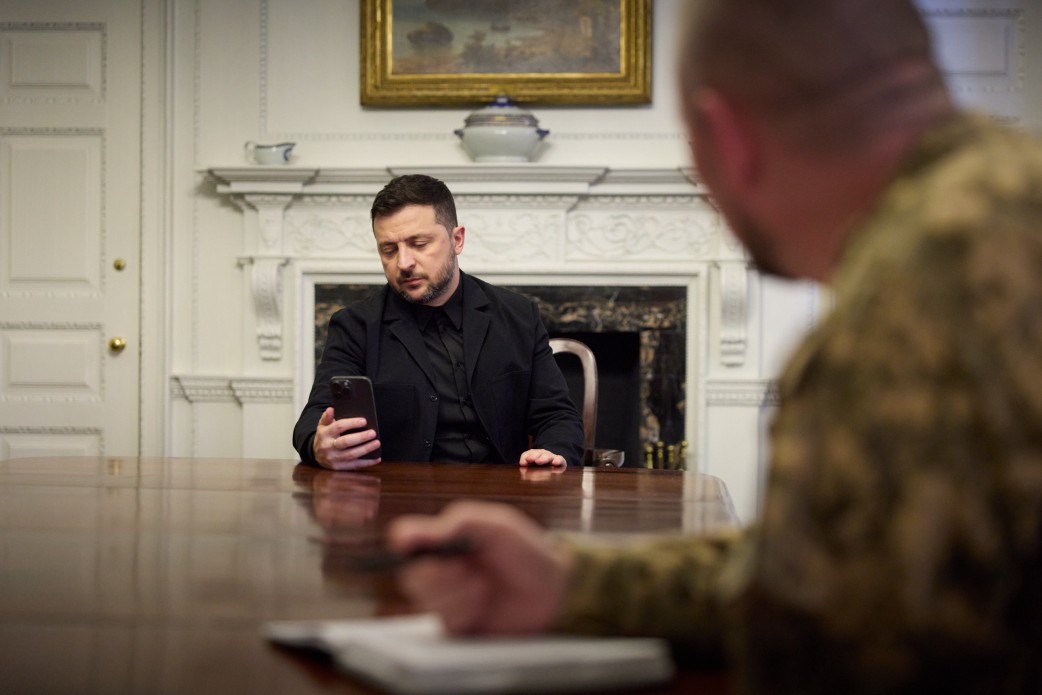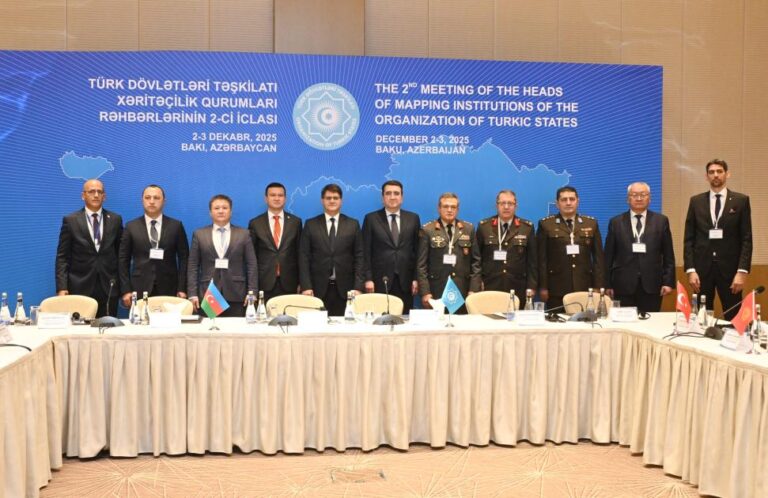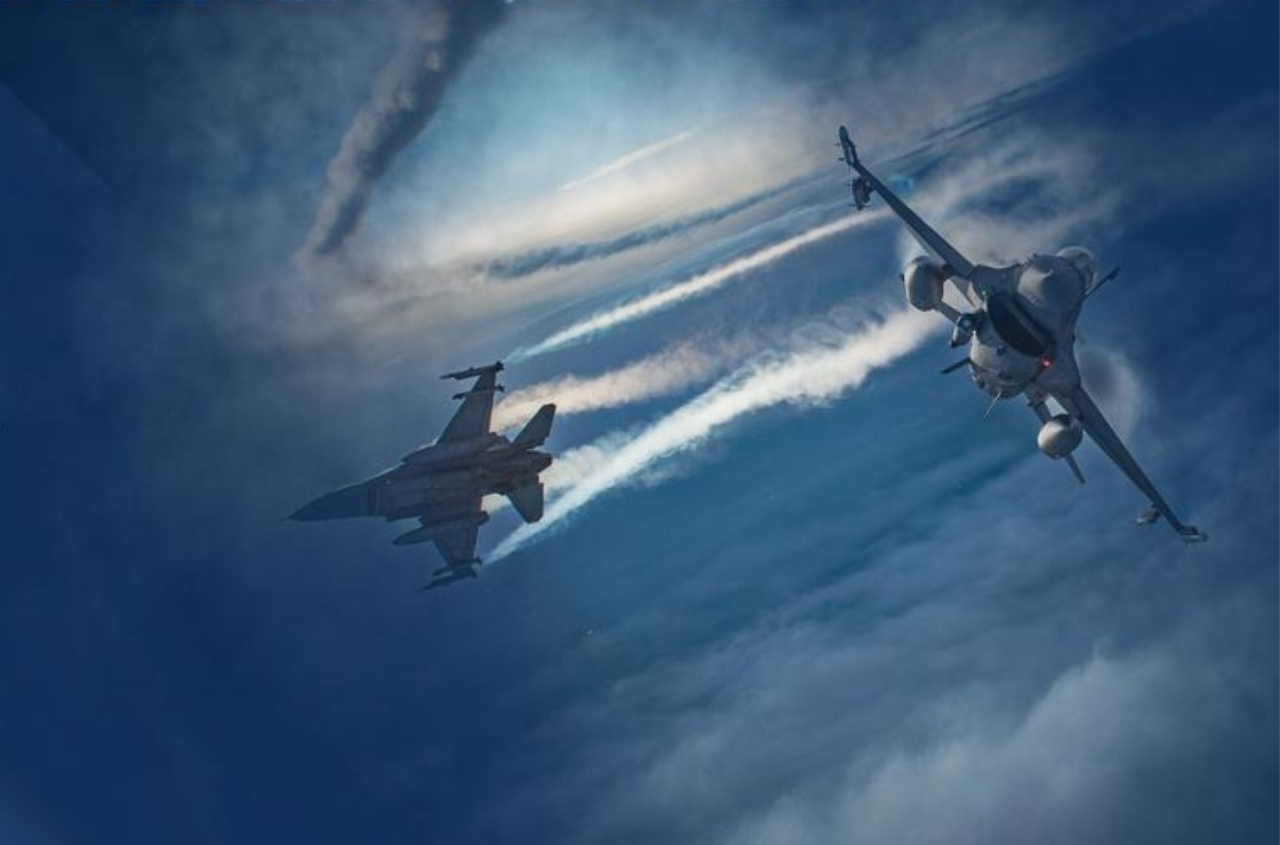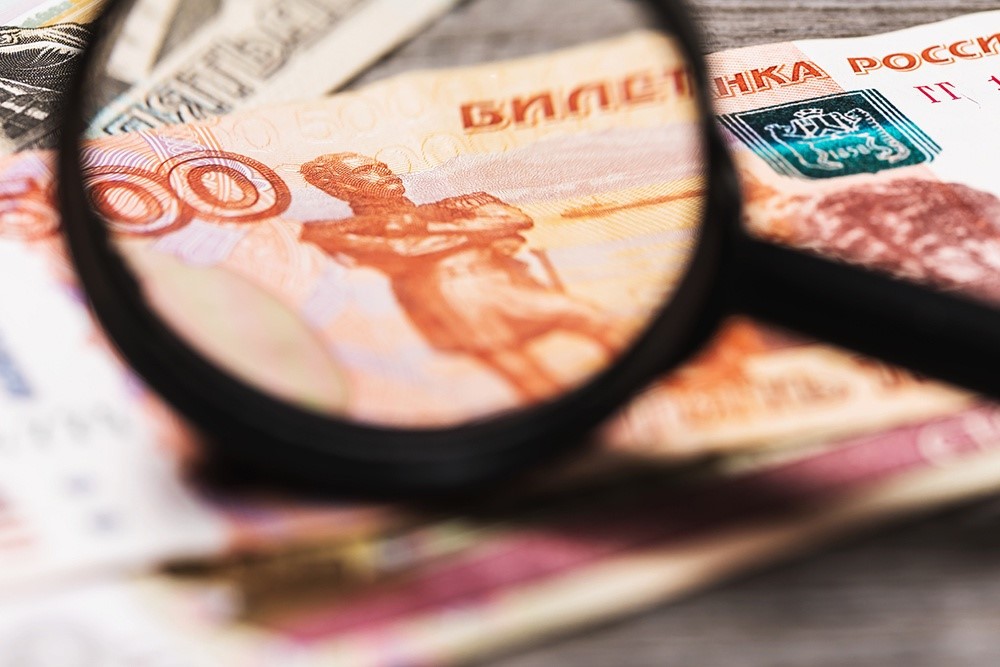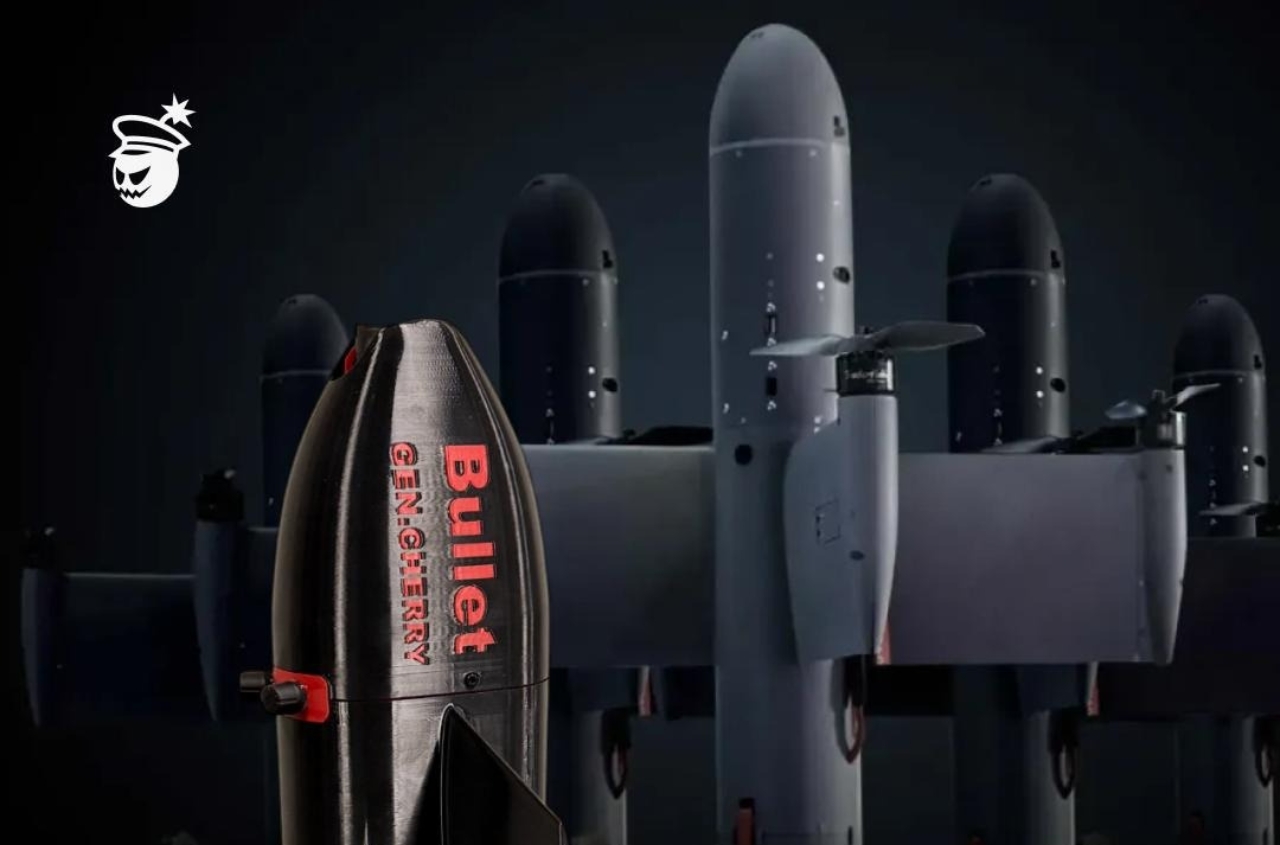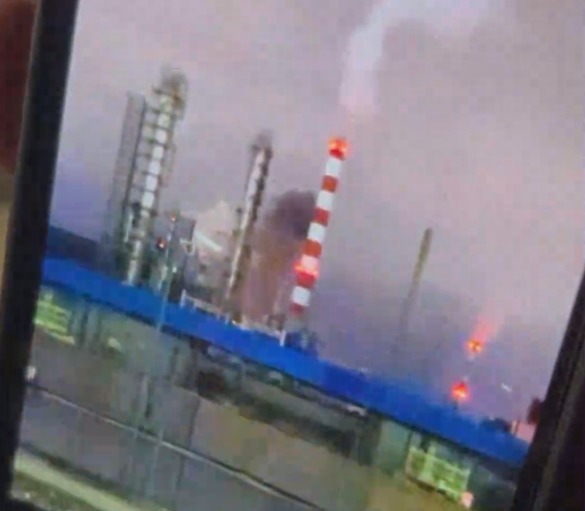I don’t have the sense that the world’s leaders are, how to put it gently, honest with Volodymyr Zelensky. I reject the idea that he is simply naive and inventing unrealistic plans himself. I think he’s being given advances — promises — that he clutches at like a straw, and those straws break one after another. But he doesn’t despair; he reaches for the next one.
To be fair, that’s how he has kept himself afloat (from straw to straw) for three years now, even though by the calculations of all the professional political swimmers he should long ago have drowned. Still, you can’t take off from that — you can only thrash about in the water, hoping that sooner or later the sun will evaporate all the liquid from the pond and you’ll be able to push off the bottom with your feet. Well, if they don’t knock on the bottom again.
The Tomahawk story is just another straw. The essence of the problem is simple: Zelensky was initially told that Europe (and at the time the United States as well) are ready to help HIM fight, but are not going to fight INSTEAD OF him, nor ALONGSIDE him in a way that would enter the war themselves.
You must always keep this formula in mind when discussing how realistic or unrealistic any promise is. The West (I mean those on both sides of the Atlantic) will do absolutely NOTHING that could in any way provoke the possibility of them entering the war together with or instead of Ukraine.
They simply won’t do anything like that at least because no Western leader today — not even the bellicose Baltic and Polish leaders — has a mandate from their societies for war. There is only a mandate to support Ukraine, and even that is questioned in nearly every country, from both the right and the left.
What we can realistically expect are two things. First, cautious probing dances at the edge — testing where the line is after which Moscow will strike not just Ukraine (a dangerously thrilling game that gives a big adrenaline rush). And second, a provocation by some third party so that it does what you yourself are not prepared to do. For example, Europe still dreams that this war might become “Trump’s war,” while Trump, on the contrary, wishes European success in that arena.
With Tomahawks it’s even simpler. On the one hand, Russia has weapons of similar destructive capability (admittedly, with some stretching — “Kalibr,” for example), and on the other hand, America has many enemies besides Moscow; so the answer is obvious: supplying weapons of a similar class to fighters for freedom in Yemen or defenders of democracy in Venezuela. In fact, these conditions have already been presented to Biden.
But this is only an illustration — Moscow still has many ways to make trouble, and that is an objective reality that the West senses but is not yet ready to accept. Unfortunately, that doesn’t make it any less real. That is precisely why the outcome of Zelensky’s visit to Washington on this question was predictable. There will be no Tomahawks. There will be nothing that could create a real threat to Putin’s regime, because if that regime faces the threat of losing power it is capable of anything — and all Western political leaders, including Trump, understand that or pretend to.
Conclusion: Ukraine has no prospect of any scenario leading to a quick end to the war by knocking out Putin, or even knocking him down. They simply won’t be allowed to do that. Ukraine is being pushed toward a long war with a possible points‑victory if it drags things out to the final round. I am increasingly convinced that Trump will not go to war with Putin. He will either break Zelensky’s arms or wash his own hands.









